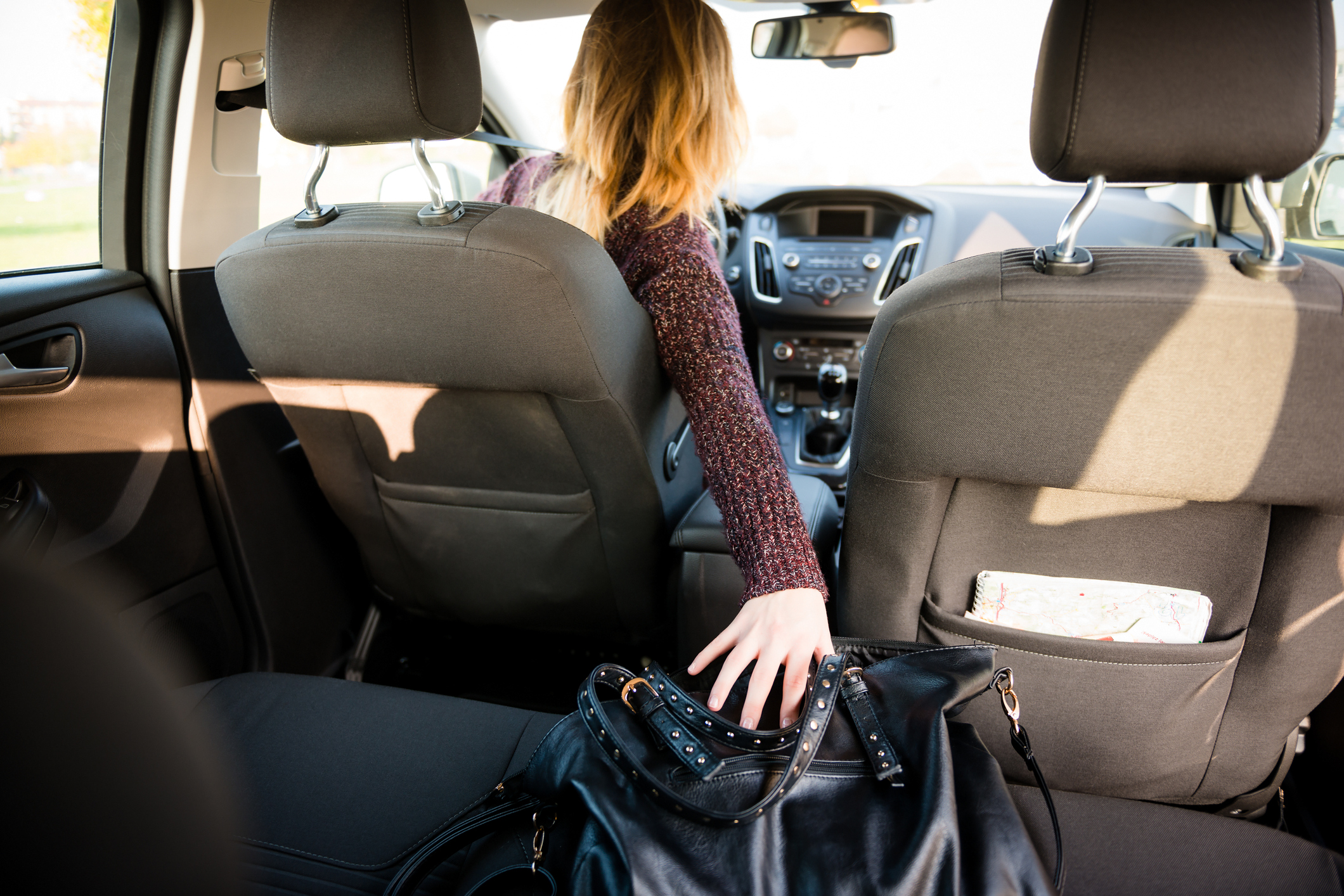According to the National Highway Traffic Safety Administration (NHTSA), distracted driving claimed 3,477 lives in the United States during 2015, and injured 391,000 people. We’ve all heard that distracted driving is dangerous, and it can cause accidents, but we still do it!
What is distracted driving? Why is it dangerous? The NHTSA defines it as “any activity that diverts attention from driving, including talking or texting on your phone, eating and drinking, talking to people in your vehicle, fiddling with the stereo, entertainment or navigation system — anything that takes your attention away from the task of safe driving.”
Distracted driving accidents and injuries are 100 percent preventable but we all have to take the steps to be safe behind the wheel.
Distractions to Avoid
Limit your use of mobile phones behind the wheel.
Phone use is one of the biggest current distractions leading to accidents on the road. Whether you’re texting, talking on the phone, using social media or navigating on your phone, using your phone while driving is a distraction. In many places, it’s illegal.
If you’re behind the wheel, either ask a passenger for help or pull over before you use your phone. Vehicles that are equipped with hands free systems are designed to be less of a distraction, but they still require your attention, and should be used minimally.
Driving is not a good time to get things done.
When you’re driving, it’s not time to get things done. Doing your makeup, catching up on phone calls, eating dinner, and finding your new favorite playlist behind the wheel are great ways to get in an accident, no matter how much faith you have in your driving abilities.
Be prepared before you drive.
Cars are generally equipped with entertainment systems, and navigation systems so that we can enjoy them while we drive. They sync up with our phones and make the ride more enjoyable! The key to using them safely is to set them up before stepping on the gas so they don’t distract us from the road.
Set a good example.
It’s even more important to drive responsibly around children and teens. As parents, educators, and average adults, it is our job to set a good example for the next generation. Children are learning from us now, and teens who are learning to drive have been watching adults for years. Teach them that when you’re behind the wheel, it’s time to focus on the road.




